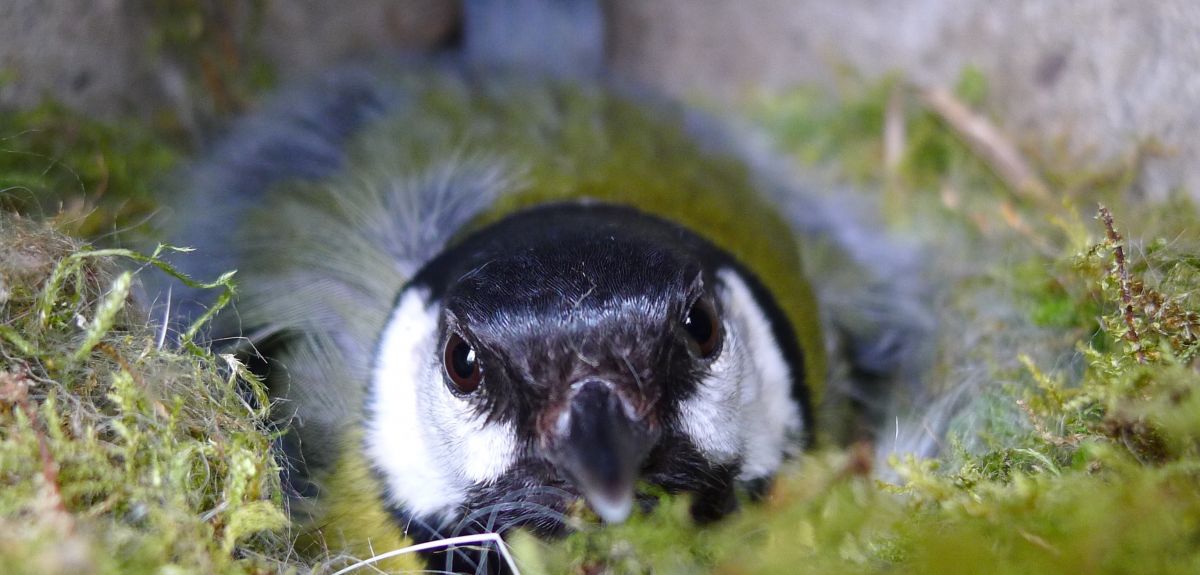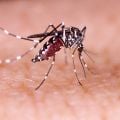
New research links tree health to how birds respond to climate change
New Research from Oxford University has revealed that shifts in the timing of egg laying by great tits in response to climate change vary markedly between breeding sites within the same woodland and that this variation is linked to the health of nearby oak trees.
Great tits in the UK lay their eggs around 14 days earlier than they did in the 1960’s. As a result, these songbirds are keeping pace with the other members of their food chain - winter moth caterpillars and the oak trees on which these insects feed - which have also advanced their spring timing in response to climate change over recent years.
Great tits in the UK lay their eggs around 14 days earlier than they did in the 1960’s.
‘Much of our understanding of how animals respond to climate change comes from studies that assume all individuals within a population experience the same environment. However, we know this isn’t the case, particularly for animals that are limited in how far they can travel from dependent offspring.
Neighbouring individuals may experience very different environments. Studying these differences helps us understand what might limit the ability of animals to adjust to changing environments and therefore the scope for populations to cope with climate change.’ Said Dr Ella Cole, Oxford University, who co-led the research.
The new study from the Department of Zoology, Oxford University, has revealed marked spatial variation in the extent to which great tits are adjusting their timing of egg laying within a single woodland. Analysis of breeding events from over 13,000 great tits over a 60-year timespan showed that the slowest nesting sites have only advanced by 7.5 days, whilst the fastest sites advanced by 25.6 days.
This variation is linked to the health of the oak trees nearby the nesting site. The healthier the oak trees around the nest, the larger the advancement in timing a laying. Birds breeding in areas with healthy oaks advanced their laying by 5.4 days more than those breeding in areas with unhealthy oaks.
Analysis of breeding events from over 13,000 great tits over a 60-year timespan showed that the slowest nesting sites have only advanced by 7.5 days, whilst the fastest sites advanced by 25.6 days.
The findings, published in the journal Nature Climate Change, demonstrate how examining responses to climate change at small spatial scales reveal patterns and relationships that are masked by population wide studies.
The research, which was carried out at Oxford University’s Wytham Woods, used breeding data from 964 fixed-location nest boxes, together with information on the health of 5,748 mature oak trees.
‘Oak trees are extremely important to tits during the spring because of the huge numbers of caterpillars that feed on their foliage. We know from previous research that great tits nesting in territories containing lots of oak trees begin laying earlier and are more successful breeders.’
‘Our findings suggest that birds nesting in areas with poorer oak health are less able to keep up with the advancement of spring. This could be because they are unable to find the resources they need to start breeding or because declines in oak health affect the cues birds use to time breeding.’ Added Dr Regan, Oxford University, who also co-led the work.
This work suggests that studying response to climate change at a scale that is relevant to individual animals can provide new insights in this field. The researchers hope that the findings will promote more studies that explore the causes and consequences of small-scale variation in response to climate change.
The study, titled ‘Spatial variation in avian phenological response to climate change linked to tree health’ is published in the journal Nature Climate Change.
 New study estimates NHS England spends 3% of its primary and secondary care budget on the health impacts of temperature
New study estimates NHS England spends 3% of its primary and secondary care budget on the health impacts of temperature
 International collaboration launches largest-ever therapeutics trial for patients hospitalised with dengue
International collaboration launches largest-ever therapeutics trial for patients hospitalised with dengue
 Oxford-built multi-agent assistant for cancer care to be piloted in collaboration with Microsoft
Oxford-built multi-agent assistant for cancer care to be piloted in collaboration with Microsoft
 World's first Phase II Nipah virus vaccine trial launch
World's first Phase II Nipah virus vaccine trial launch